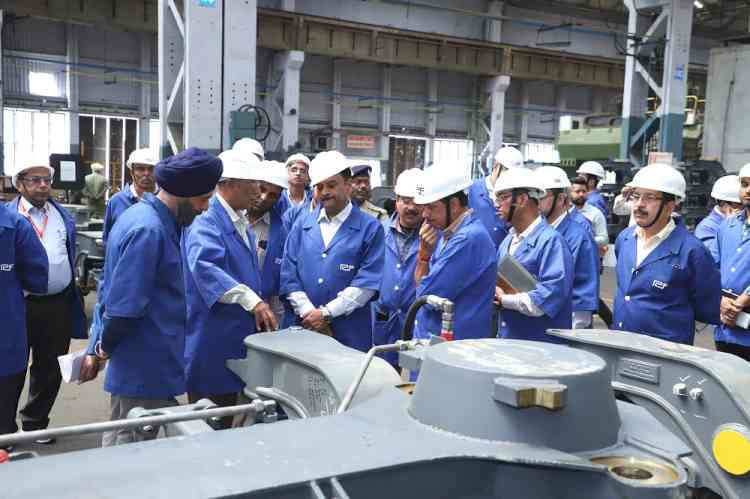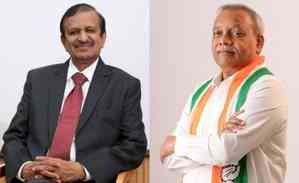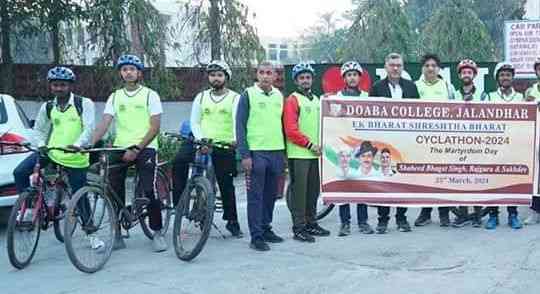Himachali researcher gets 2nd prize in 1st Himalyan Research Seminar organised by WII Dehradun
Author(s): Arvind SharmaMs Aashna Sharma. photo: city air news Dharamshala, October 1, 2016: Ms Aashna Sharma (Himachal Pradesh), a research fellow in Wild life Institute of India, got the second prize for presenting papers Spatial distributional...


Ms Aashna Sharma.
photo: city air news
Dharamshala, October 1, 2016: Ms Aashna Sharma (Himachal Pradesh), a research fellow in Wild life Institute of India, got the second prize for presenting papers Spatial distributional patterns of fishes in the Bhagirathi River Basin, in the 1st Himalyan Research Seminar organised by WII Dehradun on Friday. She becomes the first Himachali to get such an award . About her observations of the area she said, “The current distribution patterns of the freshwater fishes in the rivers and streams of the Indian Himalayan Region is largely unknown and also there is lack of reference data on the fish assemblage patterns in relation to the present environmental conditions. In view of climate change, there is very less opportunity to model any future projections and shifts in geographic distribution of fishes. As a first step, a preliminary study was conducted on the freshwater fish species in the Bhagirathi River Basin (BRB) by focusing the current spatial distribution in relation to environmental variables.”
She said that during her study of the area , a total of 128 sampling sites were sampled for fish diversity and species distribution patterns. Information collected under the study will develop a baseline data on the current fish diversity and distributional patterns in BRB. The fish habitat associations will provide information on the crucial environmental factors required for individual species growth/survival in view of climate change.
Ms Ankita Bhattacharya of West Bengal got first prize in this category for her work, ‘Space use and activity patterns of mammalian community in Askot landscape, Uttarakhand.’
1ST Himalayan Research Seminar was Chaired by Dr. L.M.S. Palni, Former Director, G.B. Pant National Institute of. Himalayan Environment & Sustainable Development ,GBPNIHESD on Friday, 23rd September .Welcome address was given by Dr. Bitapi C. Sinha, Research Coordinator.
Dr. G.S. Rawat, Dean, WII and (nodal scientist, National Mission for Sustaining the Himalayan Ecosystem-NMSHE) along with other eminent scientists of NMSHE were also present .
NMSHE, has been started by Government of India for getting more scientific knowledge of Natural and geological wealth. Water, snow, and glaciers, Forest cover & plant diversity, Micro flora and fauna, Wild life and animal population, Traditional knowledge systems and 51 million people practicing hill agriculture .Himalyan region is fragile and vulnerable to climate changes on account of natural causes and anthropogenic emissions as well as developmental paradigms . Mission Focus on National and Institutional capacities , Strengthening of existing institutions , Standardization of Observational systems (Field and Space observations) Decoupling of changes from natural and anthropogenic causes , Prediction/projection of future trends and Assessment of Possible impacts, Governance for Sustaining Himalayan Ecosystem (G -SHE) Building State of the Art Institution in glaciology Focusing on the Cardinal Principles enshrined in NAPCC Protecting of vulnerable sections of society – this includes participatory resource management strategies and development of livelihood options.
Attachments area

 cityairnews
cityairnews 















